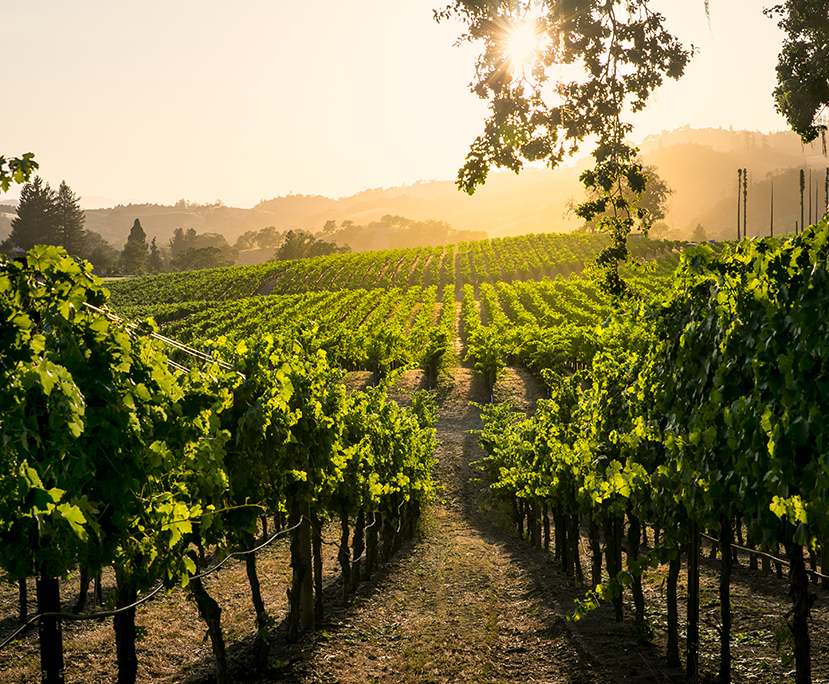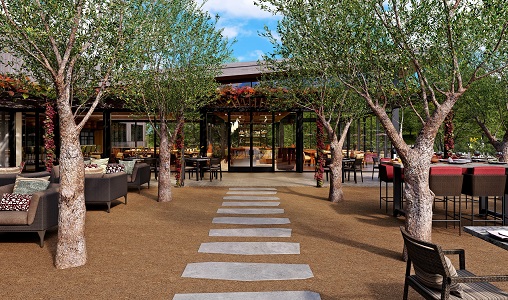

Much of the initial traffic came from the Bay Area, just a 90-minute drive away, and it was largely due to word-of-mouth advertising and social media postings. Clearly, he thought, there is a pent-up demand to get away from home.

When the orders lifted, Highfield saw the booking numbers explode. “People like them wouldn’t have thought about Northern California before,” Highfield adds. A handful of top restaurant staff fled San Francisco for a more socially distanced existence in the country. Doug Kaminski, the director of sales and marketing, left a 20-year career with Four Seasons to relocate from Chicago to Sonoma, where he has vacationed for nearly two decades. Before the pandemic, he likely didn’t think about moving his family across the country to pastoral Sonoma County. For example, his food and beverage director, Raphaël Piveteau, worked at a well-known New York City hotel that closed temporarily in 2020. Though it was emotionally difficult to listen to the experiences of some of the candidates, he says he did find an applicant pool skill set like never before. At one point, he had more than 800 applicants for three jobs. Since the pandemic ravaged the hospitality and events industries, he received an “unheard of” response for open positions. That is super important.”īeyond the hiring strategy, Highfield also hit another unexpected challenge while curating his team: the sheer number of candidates. “You need to make sure that everyone feels that they are being respected.

“You have to understand your forecast, so you can employ people in a way that they can get full-time hours, pay their bills, and feed their families,” Highfield says. Surprisingly, though, they managed to make up the lost time and only pushed back the opening date by about three weeks, from mid-November to December. But unexpected delays occurred if one crew member suspected infection everyone would have to quarantine for days and test. Social distancing, temperature checks, and masks became routine.

Five weeks later, when construction resumed, protocols made normal building procedures more difficult. Gavin Newsom enacted a shelter-in-place order for the entire state as the coronavirus outbreak first hit the U.S. On March 20, everything halted when California Gov. 1, he got to work on programming and staffing. He had opened two hotels before and had spent the past five years at Montage Deer Valley, one of the brand’s most highly awarded properties. Highfield first came to the property in October 2019, when walking around what would be the general spaces for the hotel, like the lobby and restaurants, required a hard hat. The phones were “ringing off the hook,” he says, for rooms that go for $1,000 per night. By the last week in January, Highfield and the rehired staff were more than ready to see guests arrive.Īnd guests did. Of course, COVID-19 pushed that back, first to December, then eventually to Jan. The 130-room property, which is set on 258 acres in the wine country of Sonoma County near the famed Russian River Valley, initially slated the opening for November 2020. While hospitality properties from restaurants to resorts strategized to reopen as COVID-related restrictions eased across the country, Highfield and his team were mobilizing to swing the doors open for the first time. “We had practiced service for 30 days, trained our staff, and unfortunately the first day we were supposed to open the hotel, we had to furlough based on the rules and regulations of California.” 12, which was the day California went into the shelter in place,” Highfield says of the eventful kickoff.


 0 kommentar(er)
0 kommentar(er)
